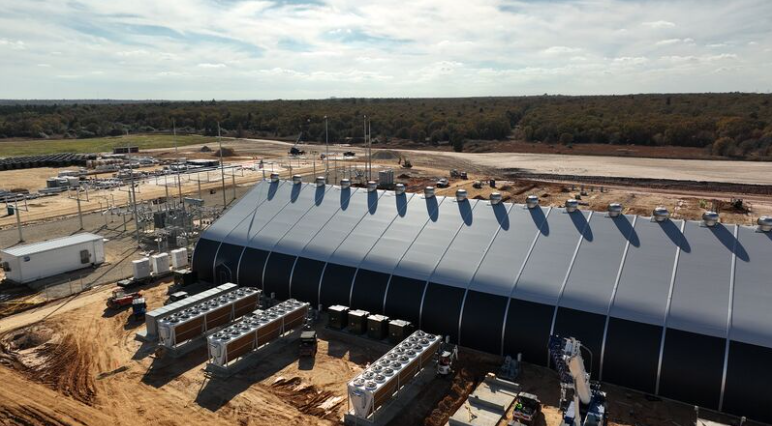New technology that promises to solve Ethereum’s growth woes is gaining traction, raising the stakes that one day most of the network’s transactions might not take place on its own blockchain.
For years, slow speeds and high transaction fees have plagued the network that underpins the $550 billion Ether cryptocurrency, home to the most popular blockchain applications. Its weaknesses have allowed new competitors like Solana and Avalanche to gain ground. However, the help of so-called Layer 2 technologies, or rollups, could be a solution.
Digital ledgers like Ethereum are designed to slow down and become more expensive as their popularity increases. But these Layer 2 projects, many of which have only recently debuted, can effectively take transaction data from Ethereum, compress it, and post it back to the original chain for a fraction of the time and cost. So far, the user base is relatively small. But the rapid growth is raising expectations that Ethereum will not only be able to avoid competition, but that other blockchains could adopt similar scaling solutions.
If the technology takes off, networks like Ethereum may only be directly used for very large transactions in the future, with most activity on Layer 2 networks.
“That’s where we’re headed with Ethereum,” Jeff said. Dorman, chief investment officer at Arca, an investment manager of digital assets. “It’s a good problem to have. It’s that old Yogi Berra who says ‘nobody goes to that restaurant anymore because it’s too crowded’ — of course it’s too crowded because everyone goes there! It will take some time to scale correctly, but it will absolutely be resolved because there is demand for it.”
Layer 2 solutions, including Arbitrum, Loopring, Optimism, and StarkWare, are leading the charge, thanks in part to their acceptance by cryptocurrency exchanges. Rollups can provide a huge competitive advantage by making it significantly cheaper to trade Ether and other Ethereum-based currencies. A transaction that could cost traders $50 and take 14 seconds to confirm directly on Ethereum could cost less than a penny and happen instantly, according to the program.
Decentralized exchange dYdX moved to Layer 2 in April and its daily trading volume caught up with Coinbase Global Inc. for a day this fall, as traders, in part, liked its lower fees. In addition, Binance, the world’s largest crypto exchange, integrated with Arbitrum in November and Coinbase is also working on Layer 2 integrations.
“They are at the center of the future of Ethereum,” said Tim Beiko, a computer scientist who coordinates to Ethereum developers, about Layer 2.
About $7 billion of value is locked up on Layer 2 chains, up from just $48 million at the start of the year. , according to the tracker L2Beat. However, there have been barriers to adoption. It can take a week to move funds from the Arbitrum network to Ethereum without additional technology called bridging. Transaction fees may still be too high for many applications. And there are still not enough popular Ethereum apps that use rollups.
“If I can use Layer 2, I prefer to use it because I don’t want to pay all the fees,” said David Mihal, who runs some sites that aggregate Layer 2 stats. “But of course the problem with any new chain is getting these network effects. I still use Ethereum Layer 1 more than I use Layer 2, because a lot of the fun apps are still there.”
However, further development could encourage more adoption. Ethereum is currently considering a proposal from its co-founder Vitalik Buterin that could cut Layer 2 transaction costs by five times. More stacks are issuing tokens, offering supporters additional incentives. Funding is being wasted. And existing companies are stepping up. Polygon, whose token has a market capitalization of $14 billion, is working to expand its capabilities, and StarkWare is rolling out a way to scale further and reduce costs in the coming months.
“Today, Ethereum could look like Manhattan in the mid-17th century,” said StarkWare CEO Uri Kolodny. “The farms and the manufacturers are all producing there. What we’re doing is we’re the skyscraper technology using the same footprint and now serving many, many more people. We believe this can be built to whatever height is needed.”














